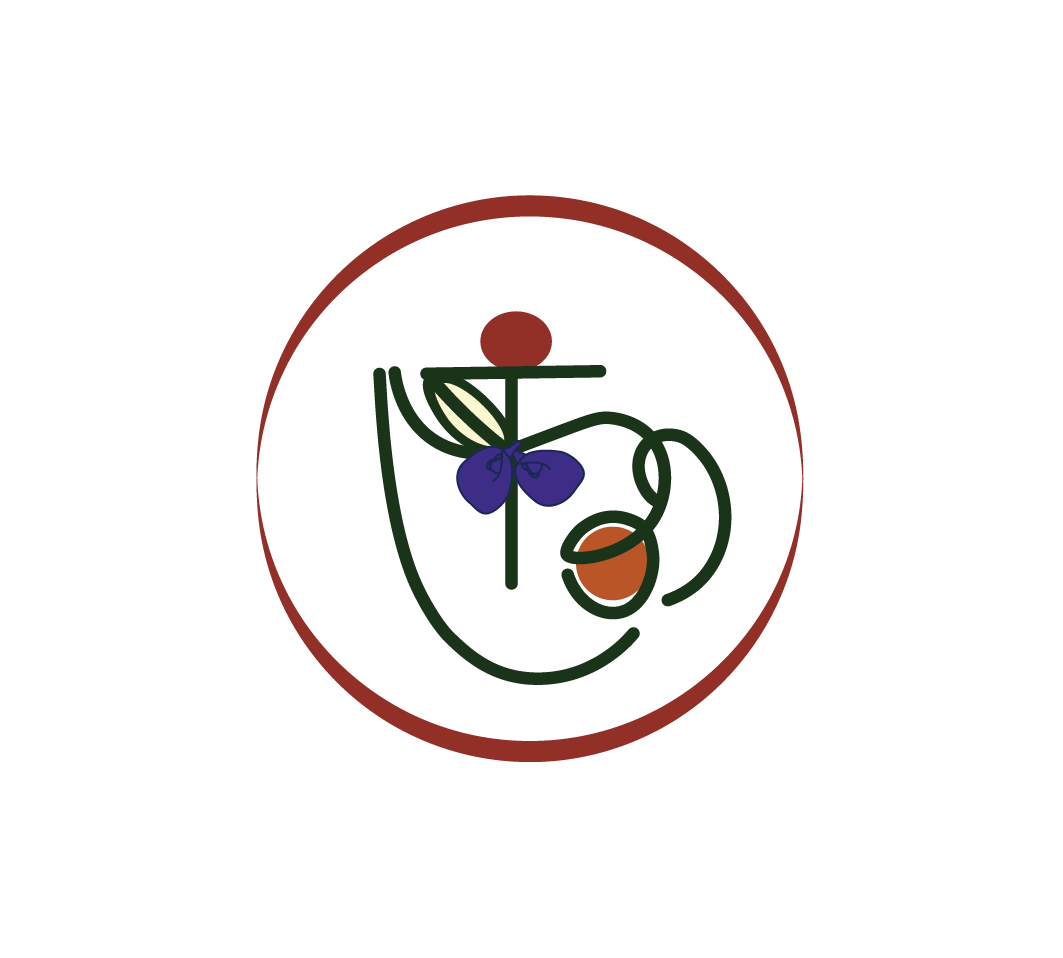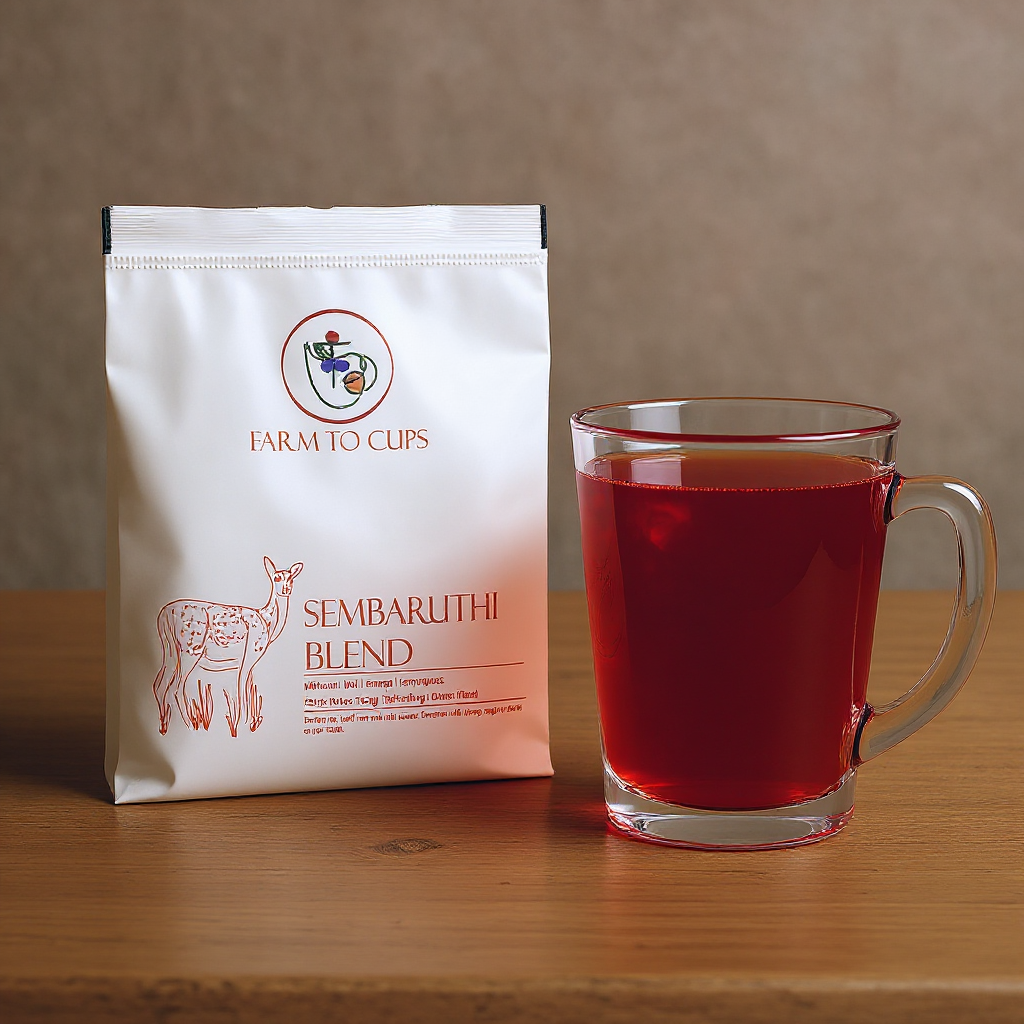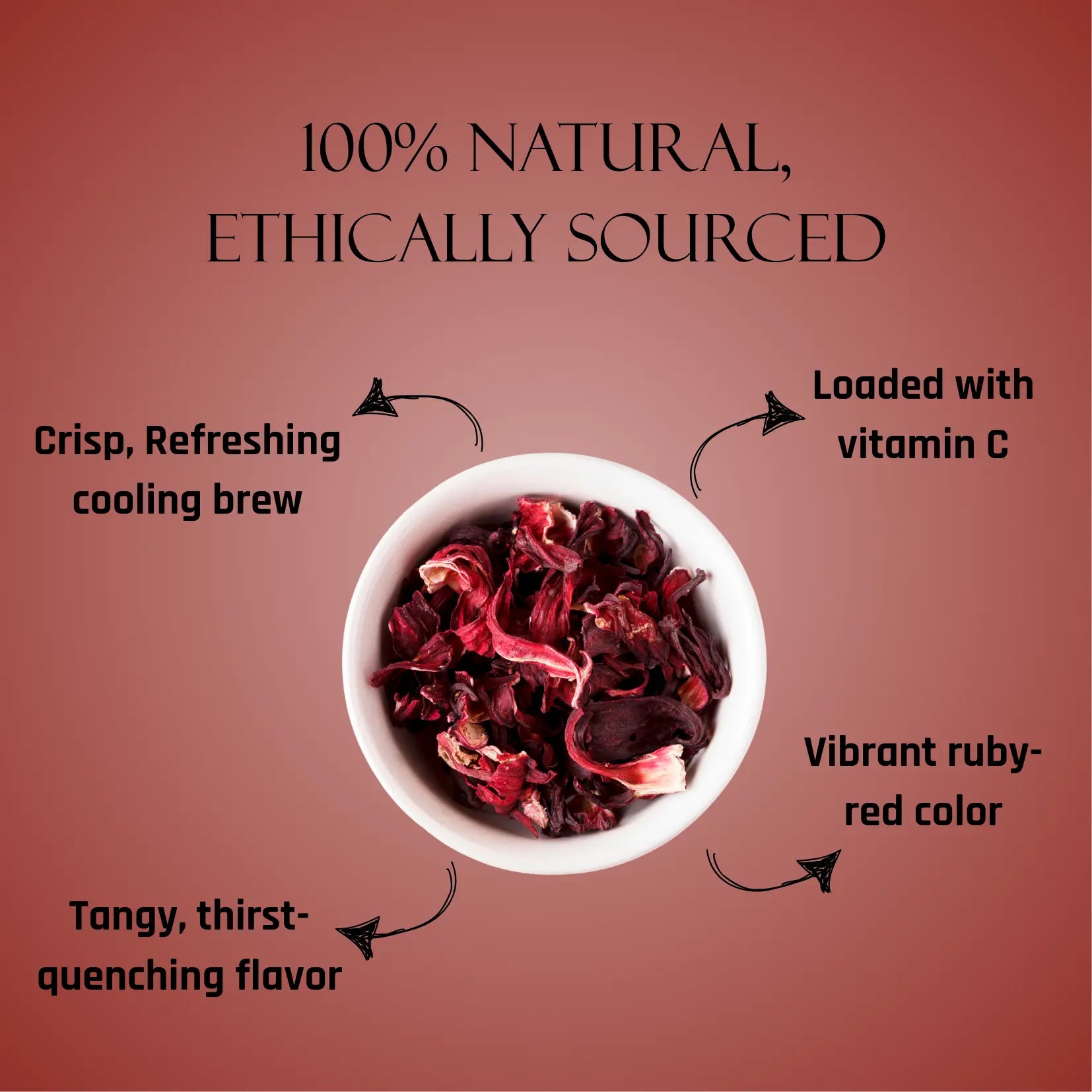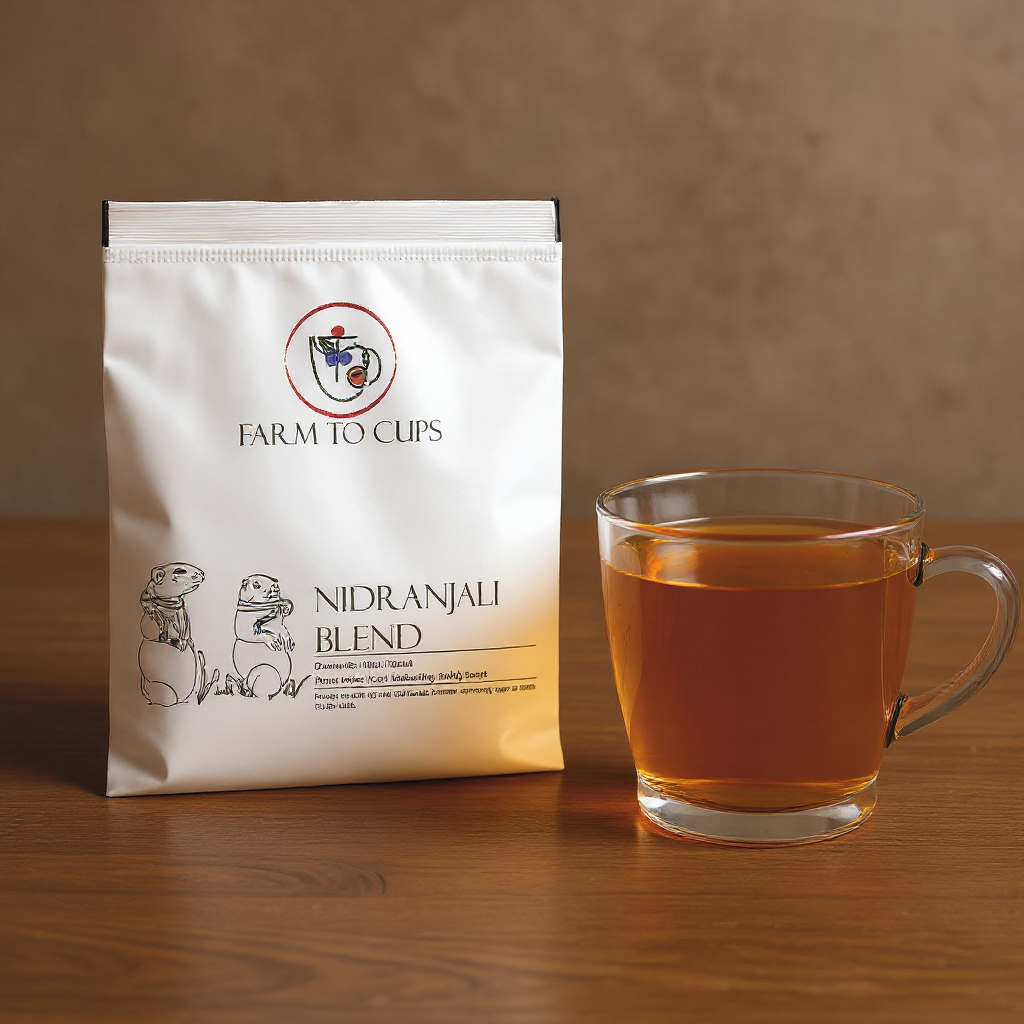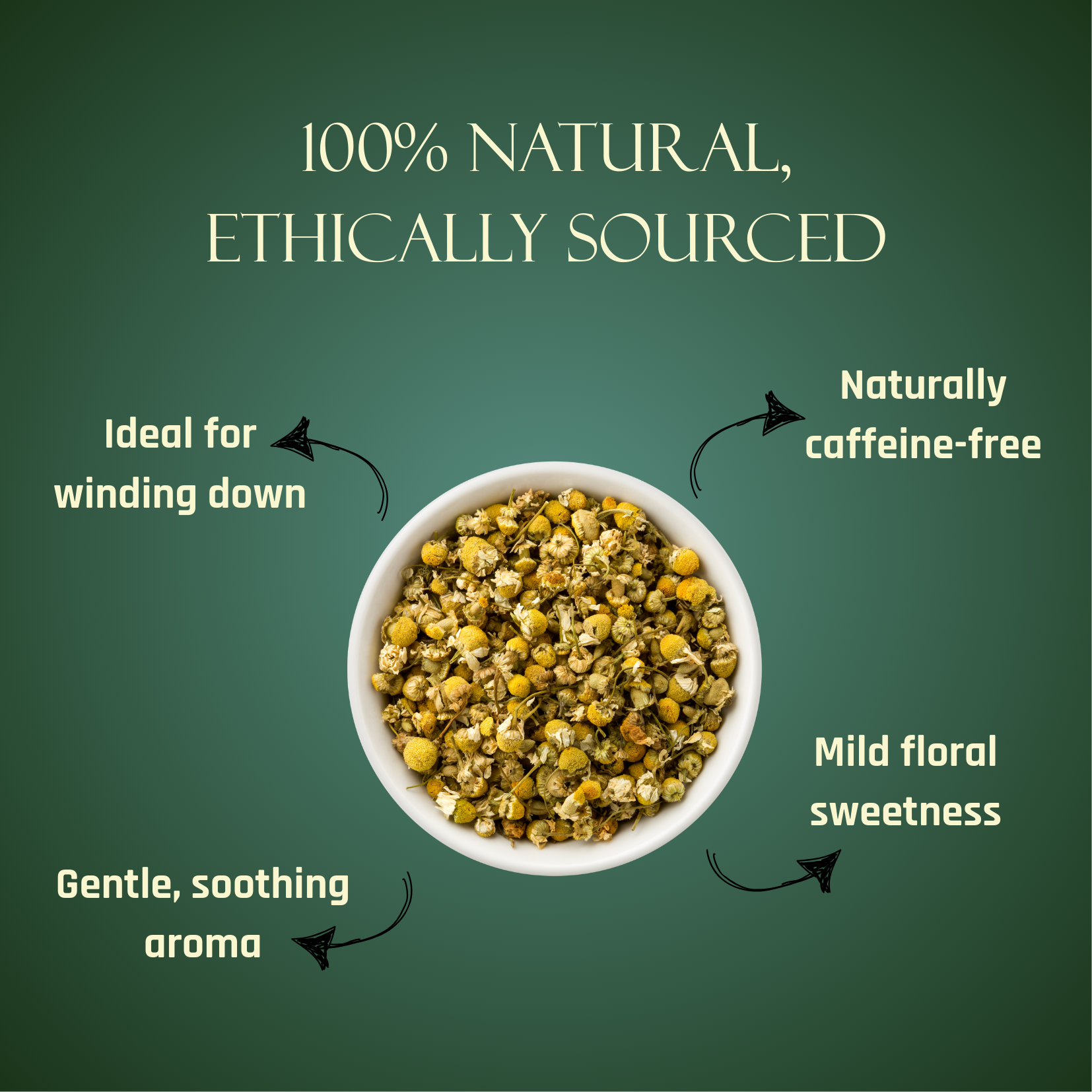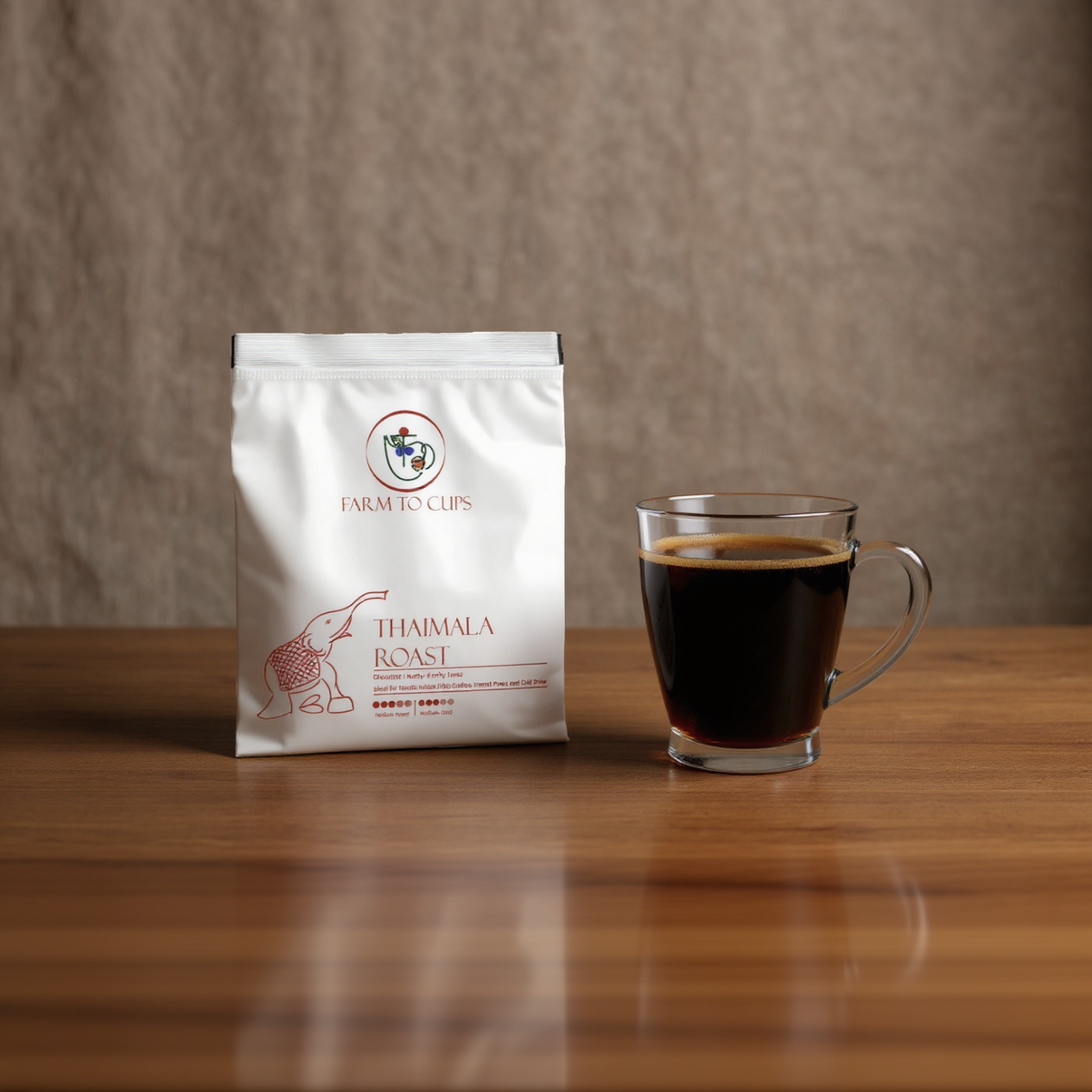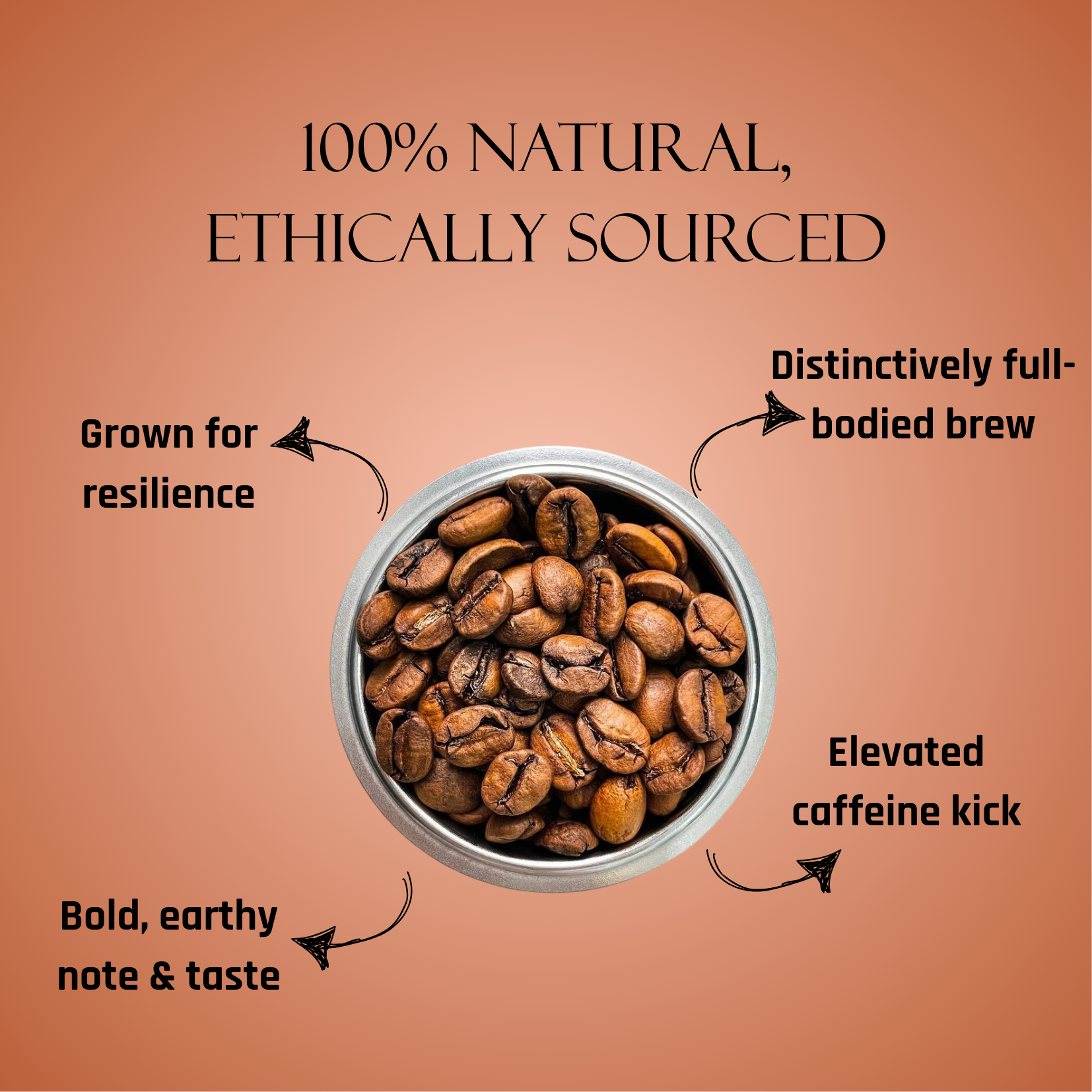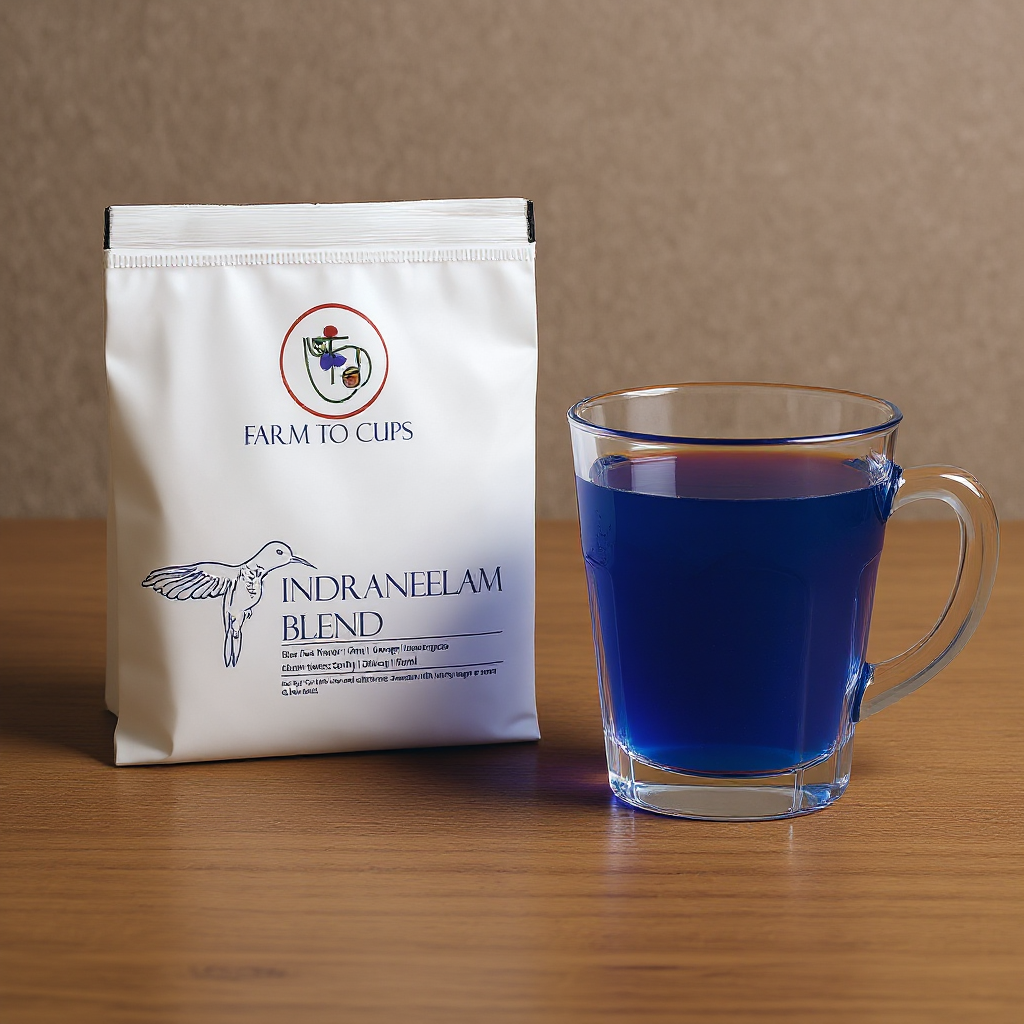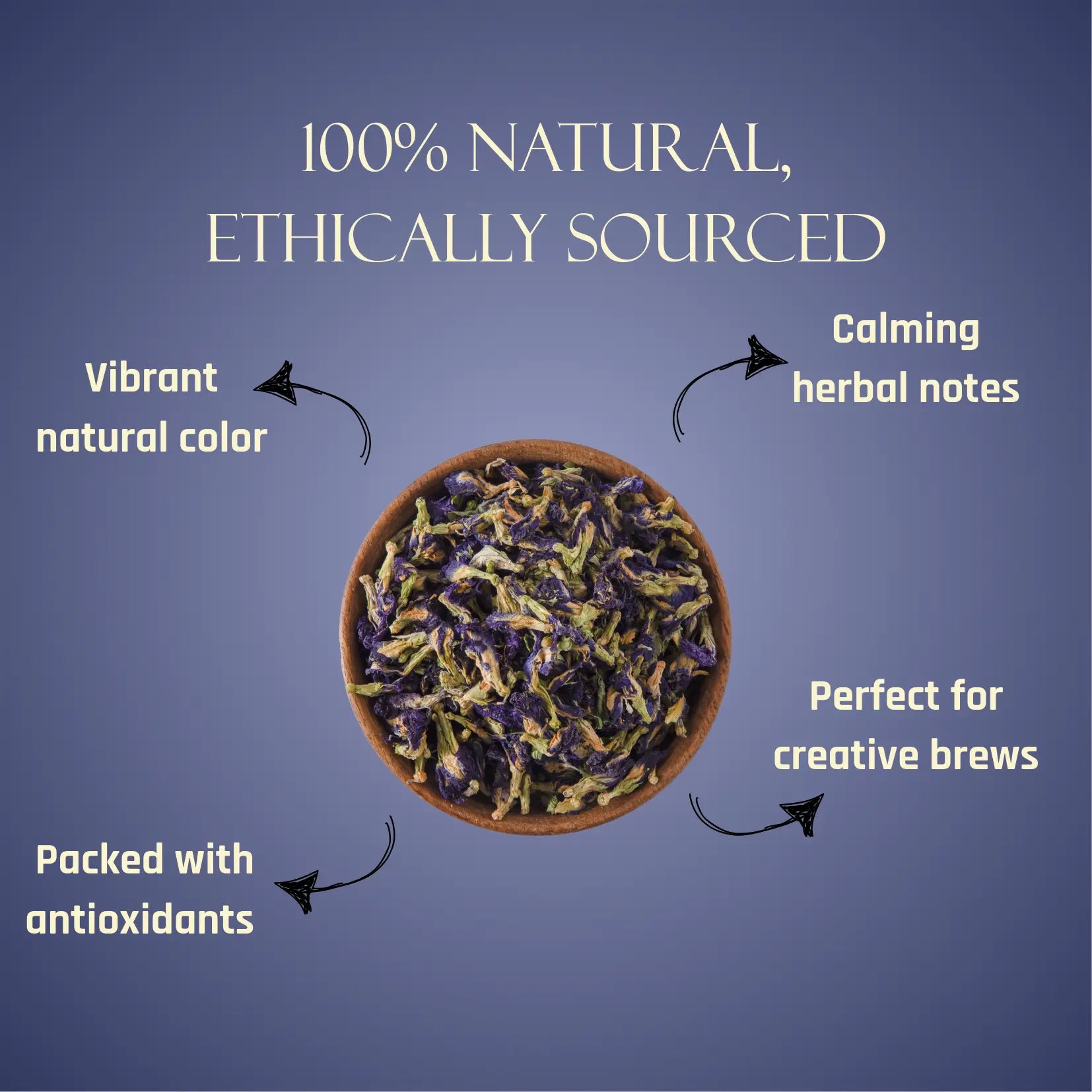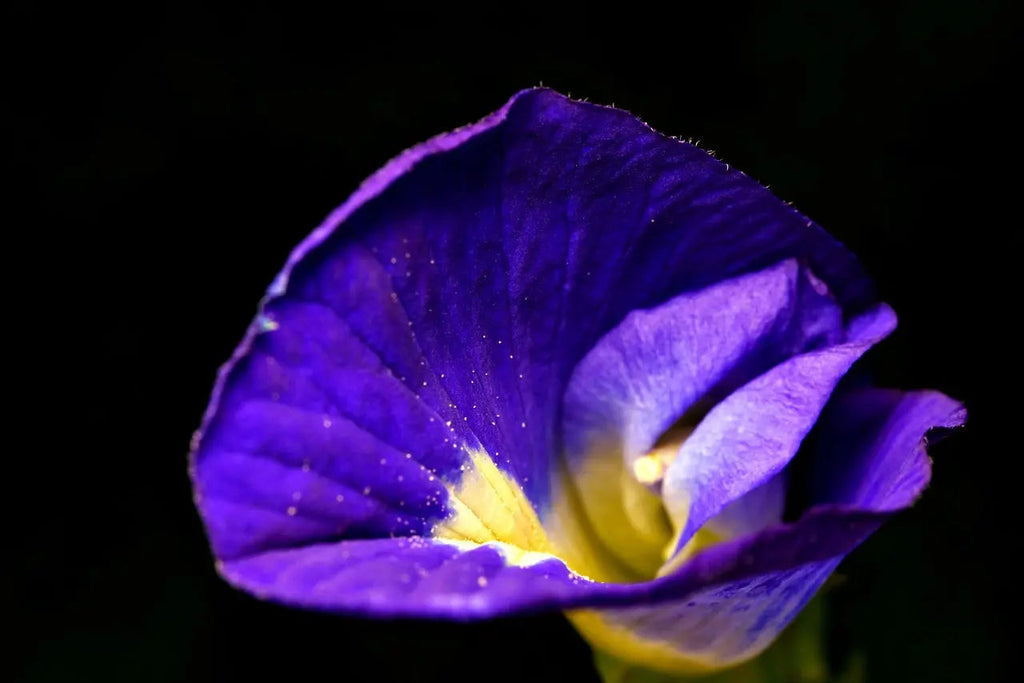
The Rise of Blue Pea Tea: From Traditional Infusion to Global Trend

Blue pea tea, also known as butterfly pea tea, has rapidly gained global recognition, transforming from a traditional herbal drink in Southeast Asia into one of the most sought-after aesthetic and wellness beverages. But what led to its skyrocketing popularity?
With its stunning color-changing properties, health benefits, and cultural significance, blue pea tea has captivated tea enthusiasts, mixologists, and wellness advocates alike. Let’s explore how this vibrant blue infusion made its way from regional tradition to a worldwide sensation.
Origins and Cultural Significance of Blue Pea Tea
Southeast Asian Roots
Did you know that blue pea tea originates from Southeast Asia? The Clitoria ternatea plant, commonly called the butterfly pea flower, has been used for centuries in Thailand, Malaysia, Indonesia, and the Philippines. These regions have long embraced the dried blue flowers for their medicinal, culinary, and aesthetic properties.
Cultural Significance of Blue Pea Tea
The deep blue infusion has been a staple in various cultural traditions, serving purposes beyond just a refreshing drink.
✔ Thai Culture – Blue pea tea is often enjoyed with honey and lemon as a calming after-dinner beverage.
✔ Ayurvedic Medicine – Traditionally used to support cognitive function, stress relief, and overall wellness.
✔ Natural Dye – Historically used to color rice, drinks, and even textiles due to its intense blue pigment.
These deep-rooted traditions helped lay the foundation for the global expansion of butterfly pea tea.
How Blue Pea Tea Became a Global Trend
The Social Media & Travel Boom
For centuries, blue pea tea remained relatively unknown outside Southeast Asia. However, with the rise of food blogging, travel vlogs, and viral social media trends, this aesthetic and functional beverage quickly captivated international audiences.
✔ Instagram & TikTok – Users loved showcasing the color-changing magic of blue pea tea.
✔ Travel & Food Shows – Influencers introduced the world to vibrant blue dishes and drinks.
✔ Wellness & Natural Lifestyle Movements – As people shifted towards health-conscious, chemical-free alternatives, blue pea tea gained more traction.
The Color-Changing Magic of Blue Pea Tea
What truly sets blue pea tea apart from other herbal infusions? Its unique pH-sensitive color shift!
✔ Deep Blue → Bright Purple – When mixed with lemon juice or any acidic ingredient, the infusion transforms from rich blue to vivid purple.
✔ Purple → Pink – With more acidity, the tea can further change to a beautiful pink hue.
This visual spectacle has made blue pea tea a favorite among:
✔ Mixologists – Crafting color-changing cocktails and mocktails.
✔ Food & Wellness Enthusiasts – Using its natural coloring properties for Instagram-worthy drinks and desserts.
This combination of visual appeal and natural health benefits cemented blue pea tea’s status as a global trend.
Health Benefits & Culinary Trends of Blue Pea Tea
Why People Love Blue Pea Tea
Beyond its aesthetic charm, blue pea tea is packed with wellness benefits that have contributed to its rising popularity.
✔ Rich in Antioxidants – May boost immune function and combat oxidative stress.
✔ Caffeine-Free – A perfect relaxing alternative to black or green tea.
✔ Supports Stress Relief & Digestion – Used in traditional herbal medicine for its calming effects.
✔ May Promote Skin & Hair Health – Contains flavonoids that some believe support collagen production.
Beyond Beverages: Blue Pea Tea in Culinary Creations
Blue pea tea is no longer just a drink—it has become a versatile culinary ingredient in global gastronomy.
✔ Nasi Kerabu – A traditional Malaysian blue-tinted rice dish made with butterfly pea flowers.
✔ Baked Goods – Cakes, macarons, and frostings with a natural blue hue.
✔ Lattes & Smoothies – Beautiful pastel-colored drinks that look as good as they taste.
✔ Cocktails & Mocktails – Used in mixology to create interactive, color-changing drinks.
With the growing demand for natural, plant-based, and visually appealing foods, blue pea tea has become a favorite ingredient for both home cooks and top chefs.
The Future of Blue Pea Tea: A Trend Here to Stay?
The rise of blue pea tea is a reflection of the modern shift towards aesthetic, health-conscious beverages. From its humble beginnings in Southeast Asia to its global explosion in popularity, blue pea tea embodies the power of cultural appreciation, social media influence, and wellness-driven trends.
With consumers increasingly seeking unique, all-natural, and functional ingredients, blue pea tea is set to remain a favorite for years to come.
Have You Tried Blue Pea Tea?
What’s your favorite way to enjoy butterfly pea tea? Do you prefer it as a simple tea, in lattes, or in cocktails? Let us know in the comments!
